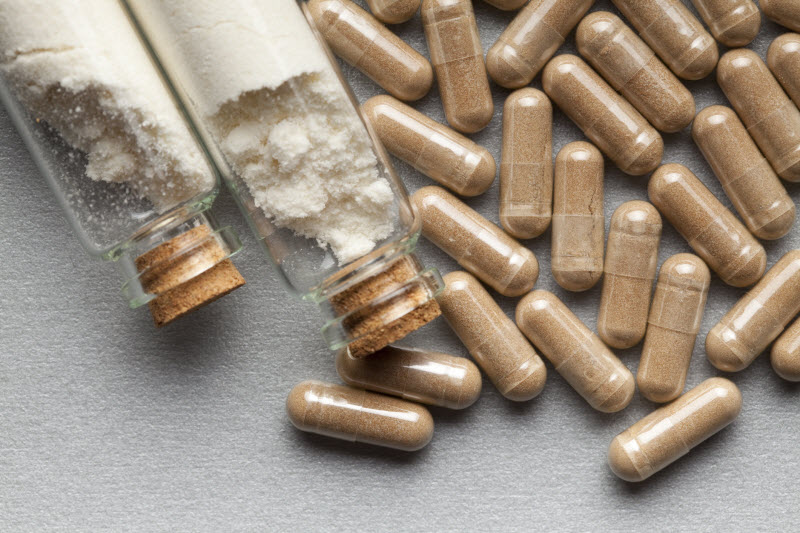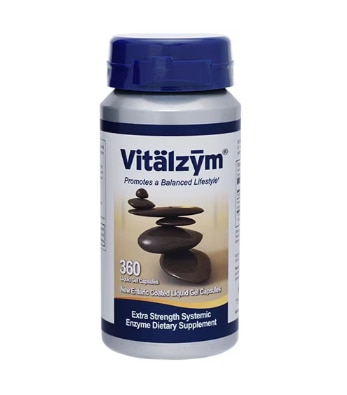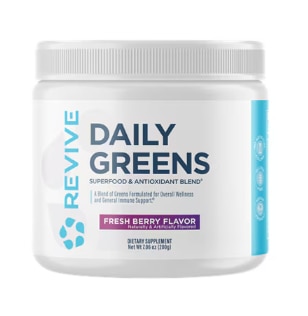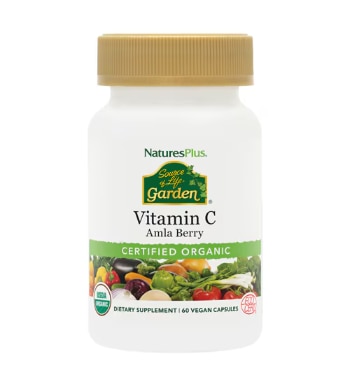An article published in a research journal and new scrutiny from the U.S. Food and Drug Administration (FDA) are raising fresh concerns about the presence of talc in vitamins.
The World Health Organization’s International Agency for Research on Cancer has concluded that there’s a strong tie between talc use and cancer in humans, according to the article, published in April 2025 in the Journal of the Academy of Public Health. In addition, studies show talc is a “potent inflammatory agent” that’s capable of causing severe, long-lasting damage, the article says.
The article’s authors, Arman Sharma and Dr. George Tidmarsh, believe there’s “an urgent need” for re-evaluation by the FDA of talc’s status in the U.S. food and drug supply (including vitamins) as a “safe additive.”
“The health of millions of people may depend on it,” the authors wrote.
In July 2025, Tidmarsh was named director of the FDA’s Center for Drug Evaluation and Research.
Talc is ‘generally recognized as safe’ by FDA
Talc is a naturally occurring mineral made up of magnesium, silicon and oxygen. For decades, talc has been used as a “texturizing, anti-sticking agent” in the manufacturing of dietary supplements, Sharma and Tidmarsh’s article says. It’s on the FDA’s list of items that are “generally recognized as safe” for use in food.
But in a 2024 scientific analysis, the International Agency for Research on Cancer classified talc as “probably carcinogenic to humans” based on a combination of limited evidence of cancer in humans (ovarian cancer), sufficient evidence of cancer in experimental animals, and strong evidence that talc exhibits key characteristics of carcinogens in human primary cells and experimental systems.
It’s worth noting that talc is similar to silica. Both are mineral-based fillers found in cosmetics and supplements. Silica is generally considered safe in cosmetics and supplements. However, inhaling airborne silica dust can cause conditions such as lung cancer and chronic obstructive pulmonary disease (COPD). Questions have been raised about the safety of talc used in cosmetics and supplements.
The FDA has recently intensified its scrutiny of talc “due to concerns about potential health effects, especially when contaminated with asbestos or consumed over prolonged periods.”
In May 2025, the FDA hosted a roundtable discussion about the “safety and necessity” of talc as an additive in food, drugs and cosmetics. “Despite the potential carcinogenic harm with topical talc, it continues to be ingested by children and adults through food and some medications,” FDA Commissioner Dr. Martin Makary said.
Since the 1970s, companies have voluntarily tested talc, but the methods aren’t sensitive enough to detect asbestos in their products — and the FDA doesn’t require proof that they’re asbestos-free, according to Time magazine. “This means a lot of contaminated talc likely went through without anybody detecting the asbestos,” Joellen Schildkraut, professor of epidemiology at Emory University, told Time.
Later this year, the FDA is expected to finalize a new rule designed to improve companies’ talc testing methods, according to Time.
In a letter to Makary following the roundtable, several talc researchers — some connected to makers of products containing talc — criticized the roundtable as unfair and unbalanced. In addition, they noted that “the overwhelming weight of the very best science — which has been a focus of both FDA and the larger scientific, medical and academic communities for decades — does not support carcinogenicity of pure talc.” However, some talc may naturally come in contact with asbestos, which is a known cancer-causing agent.
Should you take vitamins containing talc?
Some experts recommend steering clear of vitamins that contain talc, due to the potential health risks.
“Talc is commonly used in foods and supplements as an ingredient or processing aid, but it’s not always listed on labels,” Sokolove Law warns. “This lack of transparency can prevent consumers from understanding their exposure to a potentially hazardous substance. … While talc may seem like a harmless additive, its potential for asbestos contamination makes it a substance worth avoiding.”
But according to Michigan State University’s Center for Ingredient Safety, products containing asbestos-free talc don’t pose any known health risks and are safe as long as they’re used based on the manufacturer’s directions. The center adds that the FDA recognizes food-grade talc as being safe to consume.
ConsumerLab, an independent evaluator of products affecting health and nutrition, says that only if a dietary supplement lists talc as “talc USP” does it mean that it’s free of asbestos. USP stands for United States Pharmacopeia, which is a nonprofit organization that sets quality and purity standards for supplements, medicines and food ingredients.
“ConsumerLab has found that most supplements, including many popular multivitamins, do not list their talc as ‘USP’ grade. However, this does not necessarily mean that these products contain asbestos or that they are unsafe,” ConsumerLab says.
How do you know if your supplements contain talc?
To figure out whether a product contains talc, check the list of inactive ingredients for the presence of talc, talcum powder or magnesium silicate. Keep in mind that some products are labeled as “talc free.”
“If a product does not explicitly state it is talc-free or carry a certification, checking the ingredient list is the most reliable way to determine if talc is present,” according to the Join the Many advocacy group.
Join the Many also suggests visiting the website of the product’s manufacturer to see whether the product contains talc.




